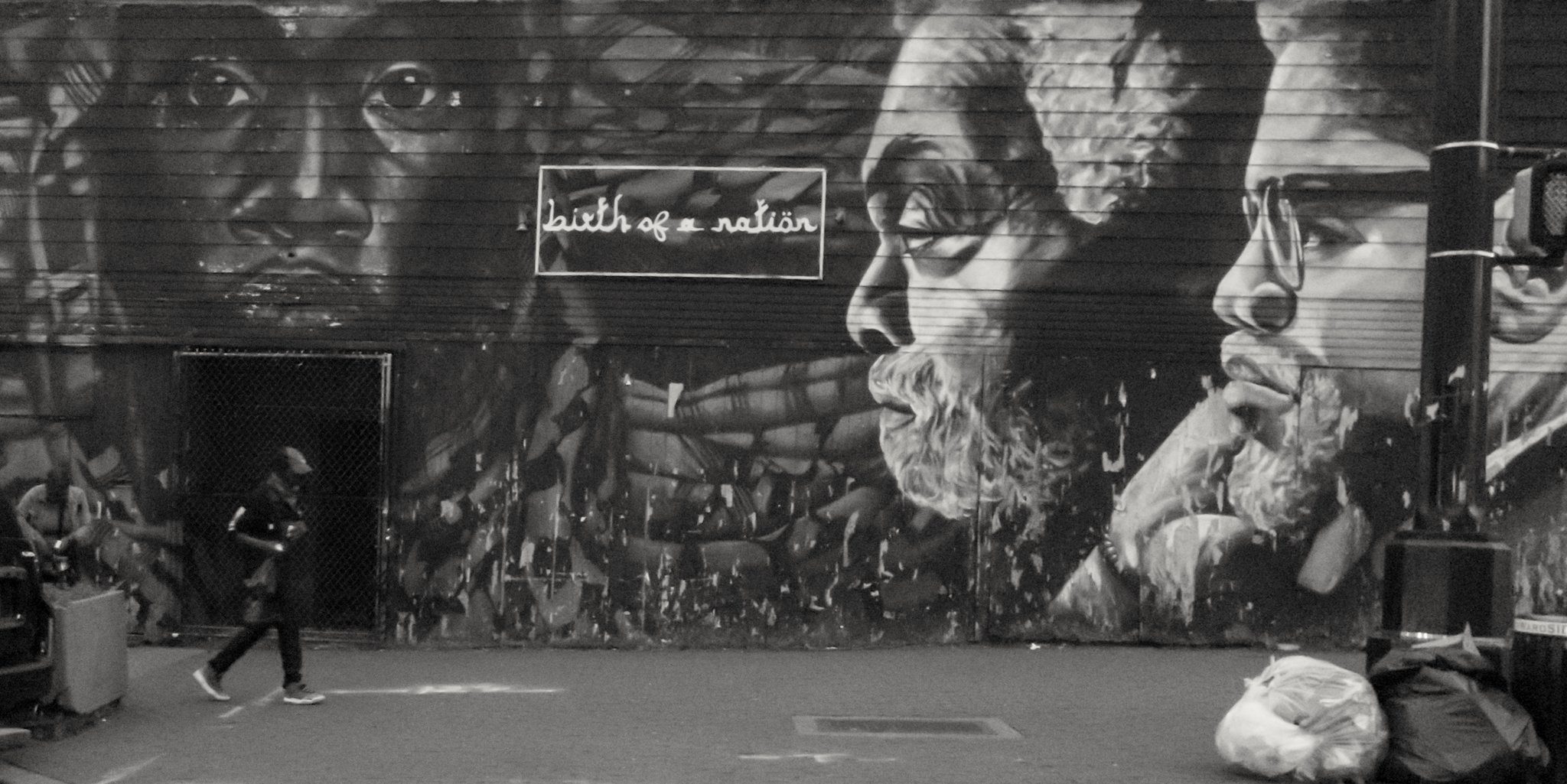The Legacy of the Gary Convention

The long shadow of the 1972 National Black Political Convention in Gary, Indiana, continues to overwhelm Black political and intellectual history. “While the white nation hovers on the brink of chaos,” the Gary Declaration thundered, “while its politicians offer no hope of real change, we stand on the edge of history and are faced with an amazing and frightening choice: We may choose in 1972 to slip back into the decadent white politics of American life, or we may press forward, moving relentless from Gary to the creation of our own Black life.” Looking back with fifty years of hindsight, anyone would be hard-pressed to argue that Black Americans have gone beyond “white politics.” In fact, one of the major themes of Black intellectual history in the United States since 1972 is the disappointment with the aftermath of the Gary Convention.
Going into it, Black Americans had some reason for cautious optimism. In the 1960s, the importance of the Black vote had been established by giving John F. Kennedy the presidency by a razor-thin margin in 1960. The passage of the Civil Rights Act of 1964 and the Voting Rights Act of 1965 fulfilled some of the long-established goals of leaders of the Civil Rights Movement. But by the time of Bayard Rustin’s landmark 1965 essay, “From Protest to Politics,” it was uncertain what was left for the next steps of Black politics. Was it to remain firmly entrenched within the Democratic Party’s somewhat unwieldy New Deal-Great Society coalition, as Rustin argued for? Or would it be something else—that “something else” perhaps continuing the work of grassroots campaigns spearheaded by Fannie Lou Hamer and supported by Ella Baker, or the increasing radicalism of younger Black Americans seen in organizations such as the Black Panther Party? There were a number of directions, it appeared, that Black America could go in ideologically and politically in the late 1960s. With the election of Richard Nixon in 1968 and the ascendancy of white backlash politics, these questions took on a renewed salience.
Yet by the middle of the 1970s, it was unclear if the National Black Political Convention of 1972 had truly answered any of those questions. The cry for an independent, all-Black, third party had been suppressed in favor of continuing—albeit far from unquestioning—loyalty to the Democratic Party. Black Studies pioneer and professor William Strickland believed that the Convention went “past the limits and concepts of its conceivers, the Black elected officials and the Congressional Black Caucus, subordinating questions of brokerage and endorsing candidates (most notably Shirley Chisholm) to the larger question of a people’s agenda.” But by 1974, when the second version of this Convention was held in Little Rock, Arkansas, Black intellectuals and pundits alike agreed that the energy of 1972 was already fading away.
Harold Cruse’s insights into the Conventions of 1972 and 1974 are especially insightful and illuminating. The second Convention, held in the same Central High School whose desegregation in 1957 was one of several Civil Rights Movement-related events that held the nation’s and the world’s attention, was dismissed by Cruse as an example of how far Black politics had fallen in such a short period of time. “The National Black Political Convention of 1974,” Cruse wrote in the pages of Black World in 1974, “was a betrayal of the Black militant potential built up during the Sixties.” On how Black political and intellectual history changed so much since the 1954 Brown v. Board of Education decision and the heyday of civil rights activism, Cruse mused, “All in all, Little Rock 1974 was an ironic commentary on how the Black post-Sixties have been transformed into the Black Seventies, where the hollowness of the “Black Power” slogan is revealed in all its nakedness.”
Cruse’s two-part essay on the National Black Political Convention of 1974 was a post-mortem on the achievements—and broader failures—of the better-remembered 1972 Convention in Gary. Here, however, Cruse makes a compelling case that the 1972 Convention was the beginning of both a post-Civil Rights and a post-Black Power era. In many ways, Black intellectual and political history has been trapped in the amber of a post-1972 framework. There are moments of genuine optimism in the previous 50 years that occasionally excite even the most cynical analyst of Black America. The Jesse Jackson campaigns of 1984 and 1988, which still need further historicizing to be placed in proper context of both Black American history and the history of Left politics in America, are one case in point. The 2008 Barack Obama campaign, which built off the advancements made by the earlier Rainbow Coalition of Jackson’s 80s-era campaigns, are another case in point. Yet both were countered by moments of disenchantment in Black America. Recall, after all, that the infamous “Sister Souljah” moment that buoyed Bill Clinton’s 1992 campaign for president and made him electable in the eyes of many moderate white voters, was aimed as much as Jesse Jackson and the politics—unabashedly progressive and multicultural—that the Reverend embodied.
The legacy of the Gary Convention is still difficult to parse, because Americans continue to live with it today. Whatever direction Black politics, and Black thought, go in the United States, they will undoubtedly be a response to the aftermath of Gary. The 1972 Convention brought energy and enthusiasm to Black politics that, with few exceptions, has sadly not been matched since. Black intellectual historians of the late 20th century will have to grapple with this problem.
Gary lives on. Gary lives on in Washington, D.C., in the Congressional Black Caucus, in the Black Left, and even in Black conservatism today. But its legacy—like that of the Civil Rights Movement or the Black Power era—are still due for a fuller, and deeper, examination.
Copyright © AAIHS. May not be reprinted without permission.